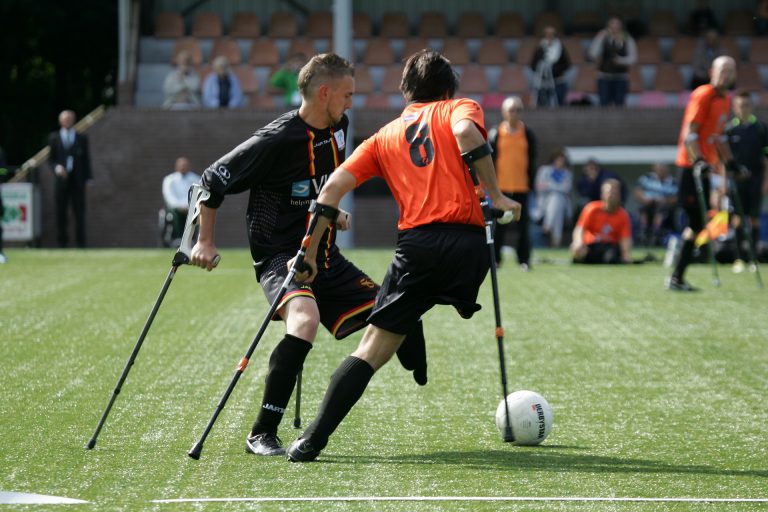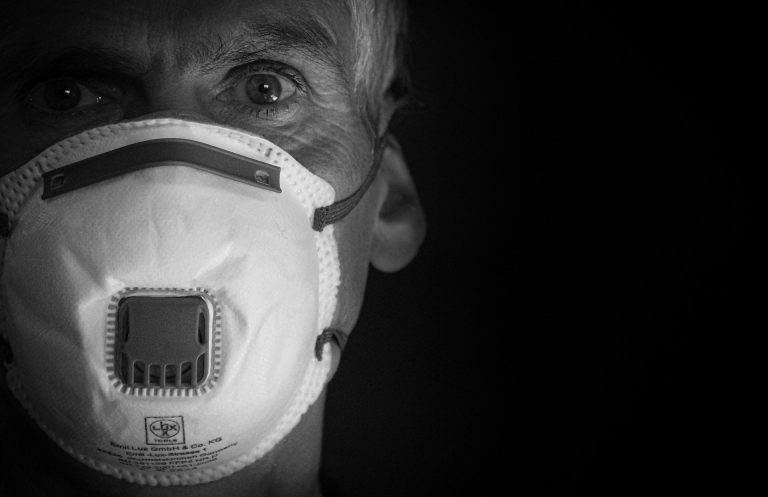COVID-19 Lockdowns Resulted in Increased Diabetic Amputations
Diabetic foot syndrome is one of the serious consequences of long-term uncontrolled diabetes, due to a mix of peripheral neuropathy and micro-vasculopathy in the lower extremities. “Diabetic foot” is defined as infection, ulceration or destruction of tissues of the foot associated with neuropathy or peripheral artery disease in the lower extremity of a person with diabetes. It may vary from minor ulceration to necrosis of tissues, sometimes requiring amputation. Of all the late complications of diabetes, those involving the foot have traditionally required more face-to-face patient visits to clinics to treat wounds by debridement, offloading, and many other treatment modalities.
The COVID-19 pandemic, which continues to spread worldwide, has resulted in health care systems facing tough challenges in delivering diabetic foot service to patients. In many cases, public health guidelines and the risk of virus transmission, have led to reconfiguration of methods to support and manage diabetic foot patients, including remote consultations. The outbreak has in some cases led to the suspension of routine clinical work as all healthcare resources are mobilized to fight the pandemic.
A recent study shows that patients with diabetes admitted to a tertiary care center for diabetic foot ulceration during the COVID-19 lockdown in Italy had a more than threefold risk for amputation, versus patients seen in 2019. The study compared 25 patients who were admitted from March 9 to May 18, 2020, with 38 patients who were admitted from a longer period between January and May 2019. The results reveal high numbers of emergent and serious cases in 2020. According to the team, the COVID-19 lockdown seemed to have a detrimental impact on amputation risk because of the sudden interruption of diabetic foot ulcer care resulting in delayed diagnosis and treatment. The higher risk of amputation observed during COVID-19 lockdown confirms the need for proper and timely management of diabetic foot ulcer patients to prevent dramatic outcomes responsible for a reduction of quality of life and increased morbidity and mortality.
In the United Kingdom, guidance for clinicians on how to prevent lower limb amputation during the COVID-19 situation targets the identification and management of people with critical/limb-threatening ischaemia or infection. The basic premise of the document is that is essential to recognise foot and leg complications that are limb- or life-threatening and refer them for urgent multidisciplinary care.
Recent evaluation of the guidelines emphasizes the need to preserve the positive elements of diabetic and high-risk foot and lower-limb care that have been facilitated by the pandemic, including enhanced local system working, professional networking and technology-enabled service delivery options, such as digital consultations. These innovative ways of working together have greatly aided communication and collaboration between patient, community and hospital and need to be preserved in this next phase of care. It seems that the structure, function and delivery of diabetes and high-risk foot services will be changed for the better as we move forward through the COVID-19 pandemic.
During a pandemic, it’s understandable that inpatient care should focus on those with severe cases of the infection However, it’s clear that patients with diabetic foot ulcer need to be carefully protected to reduce the risk of COVID-19. But these people can’t be left without clinical care. It´s likely that many of the recently introduced guidance or changes in the management of people with diabetic foot ulcer will become the new normal in our approach to those with this common clinical problem. Learn more how the RetinaRisk App can help during COVID-19.









